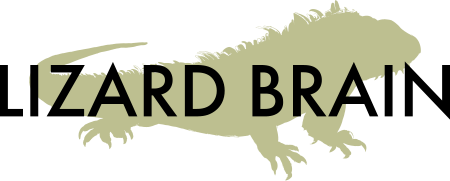Secret Facilitator Language
Co-facilitating is awesome.
Being in the groove with a trusted partner, sharing the load of holding the space for others, is one of the most satisfying moments of the work. My good friend and colleague Nancy Reuscher used to call this "jaeger piloting," referencing the mind meld necessary for two pilots to drive one of the giant robots from the movie Pacific Rim.
It's that awesome.
When you're really in sync, sometimes a glance is enough to pass the baton, shift topics, or even pivot the approach entirely. But sometimes, you need more than a glance to communicate softly and subtly to your partner.
American Sign Language (ASL) is one way to communicate simple ideas across the room. Right up front, let me post a disclaimer. Be very careful that your facial expression, body language, and follow up statements match the intent of the communication. For example:
WRONG: A big hand gesture, rolling your eyes, looking at one participant in particular, pursing your lips, shaking your head, then going silent while the group continues their conversation.
RIGHT: A subtle hand gesture, a nod, followed by, "Why don't we take a 15 minute break?"
In other words, it has to be done in openness and with the intent of helping the group process.
With that in mind, here's two resources for learning some basic signs that are very helpful in facilitation.
The "Signing Savvy" is a searchable website for learning sign that my colleague Rayna Schroeder of Positive Impact Leaders shared with me.



